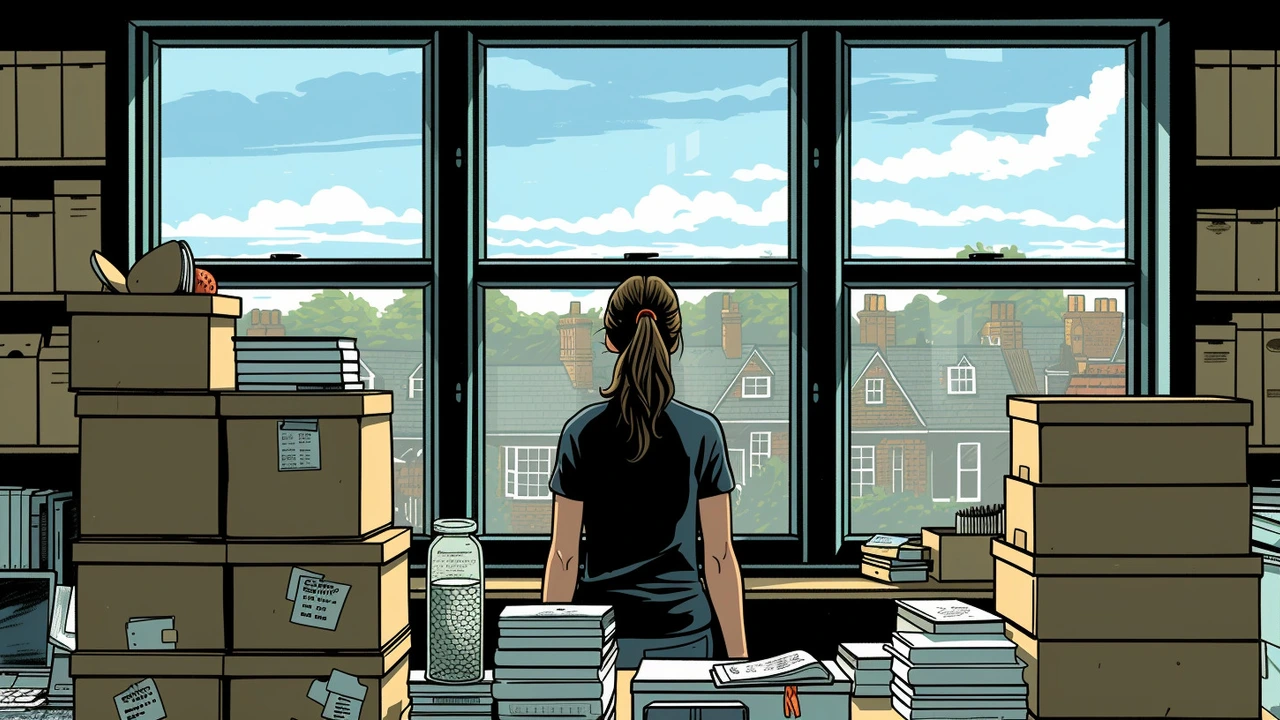As a guy who's walked this path, I can tell you first-hand, embracing minimalism can be transformative, especially when it comes to financial freedom. The beauty of simplifying your life is that it makes room for the things that truly matter, and more often than not, these aren't things you can buy. Through this post, you'll discover how minimalism is your secret weapon for financial independence. We’ll explore practical methods of adopting a minimalist lifestyle and how it impacts personal finance positively. Join me in this exciting journey towards a clutter-free life and financial freedom.
Financial Freedom: How Architectural Choices Grow Your Wealth
You can cut a big chunk of housing costs or raise resale value just by choosing the right design moves. Architecture isn't only about style—it's a tool you can use to save money, earn passive income, and protect your investment. Below are concrete ways to turn design choices into cash flow and long-term savings.
Design moves that boost value and demand
Buy or renovate with proven styles and practical upgrades. Classic features—think balanced facades, quality materials, and clear sightlines—age well and appeal to buyers. Historic styles like Colonial, Georgian, or Beaux‑Arts often attract buyers who pay for authentic restoration; if a property can qualify for preservation grants or tax credits, that puts cash back in your pocket.
On the flip side, modern tech-forward design (high‑tech, neo‑futurism) sells well in hot urban markets—smart HVAC, integrated home automation, and striking materials can command higher rents. The key is match: pick features that local buyers or renters want, not what’s trendy nationwide.
Quick checklist to increase income and cut costs
- Start with the bones: sound structure and roof—these sell and avoid surprise costs.
- Invest in kitchens and bathrooms first—highest renovation ROI.
- Add an ADU or convert unused space for rental income—steady cash flow with minimal new look.
- Choose durable, low‑maintenance materials (brick, metal roofing, quality windows).
- Look for historic tax credits or local preservation grants when restoring older styles.
Small thoughtful changes often outperform flashy ones. A fresh front entry, repaired masonry, or improved curb appeal can speed a sale and lift offers more than an expensive interior makeover.
Ways architecture actually cuts living costs
Energy‑smart design reduces monthly bills and increases net income if you rent. Add insulation, upgrade to efficient windows, use passive solar orientation when possible, and install modern HVAC systems. Solar panels and LED lighting pay back over time and boost resale value in many markets.
Design for flexibility: open plans and convertible rooms make a home usable for different buyers and renters. That lowers vacancy risk and keeps rental rates steady. Also consider lifetime‑use features—easy maintenance and long‑lasting finishes mean fewer surprises when you own the place.
Finally, track numbers. Compare renovation costs to expected rent or resale gains and factor in tax incentives. Architecture can feel abstract, but when you budget upgrades with clear ROI and focus on market fit, design becomes one of the fastest routes to real financial freedom.

